Susana Ortiz Maillo was born in Madrid, where she grew up and studied Fine Arts at the Complutense University from 1996-1999.
In 1999 Susana received an Erasmus scholarship for a year at the Städelschule art school in Frankfurt, Germany, becoming a regular student there for the following four years and finally graduating as master student with Christa Näher.
Today, Ortiz Maillo works in Offenbach and Frankfurt and lives between Spain and Germany and lets this show through in the way symbols and visual styles overcome all boundaries to share the same space in her works.
One can find a certain dialogue between cultures in her body of work but not in the way one might expect. To enter the world of Susana’s paintings is to embark on a trip towards a subjectively charged dreamscape.
In this interview, Susana discusses the people, places and things that have inspired her thoughout her life. We learn how she develops her ideas, embraces the unexpected, champions the underdog and dreams of an artistic utopia.
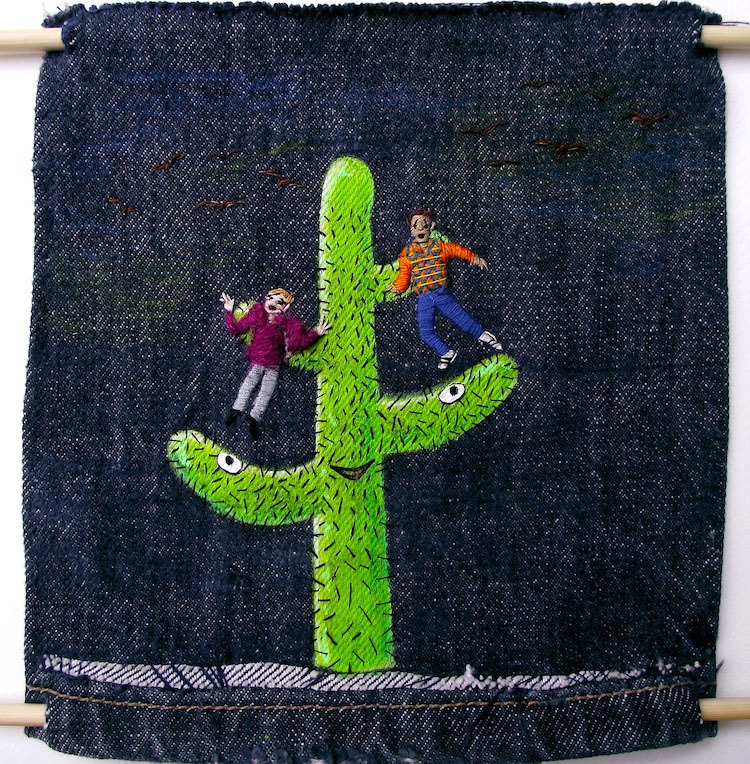
Everyday unknown art
TextileArtist.org: What initially attracted you to textiles as a medium?
Susana Ortiz Maillo: Being attracted by colours, shapes and all kind of materials must be a natural fact as a part of being an artist. So fabrics and threads take a certain room of my interests, but not only.
I feel fascination for every handmade textile or embroidered piece by any culture through the centuries. By Japanese robes, in particular. Some of them are stunningly beautiful unique artworks with a sort of own spiritual halo in themselves.
Paying attention to old regional folk-costumes all around the globe, their details breathe a way of silenced meaning through a masterful technique on it.
Besides, this ambitious technical mastery clashes with a frumpy and trashy side of mine, that I do also embrace; my way of thinking that a work doesn’t need to reach an excellently finished look but needs to show a certain attitude in it to make it at least interesting. To try to focus sincerely on whatever the work is, putting a meaning or intention over the aesthetic form.
A piece that formally does have a final imperfect look, may help project the meaning more strongly and get to the essentials. It might as well take a concept to an unexpected funnier level. An abstract idea has different solutions to take form in a reality realm. In this way sketches usually look fresher and unpretendedly clear to me.
I am captivated by the way hand-embroidery develops on a canvas as a bas-relief sculpture does, in a very small scale but powerfully. By the real texture and volume of it all like three-dimensional miniatures of living objects. I love the subtle way of combining colours on it, too.
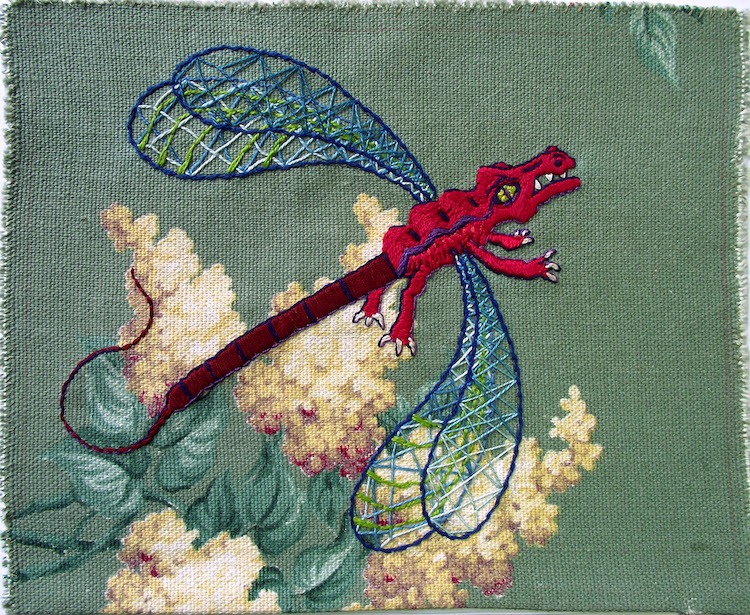
What or who were your early influences and how has your upbringing influenced your work?
As a fourth child of a lovely family back in the times where the internet did not exist yet and you spent communal quality time, I was such a lucky kid to have had always someone around to play with and happily move free on the street till late.
That natural joy for life that children experience when they are playing, might have survived somewhere in me as an adult, even by trying to cope with a world that is getting more awkward way too fast.
I feel lucky to be able to teach art for kids at art schools and witness nowadays what they produce with fun. They make art that is fresh, awesome and for real.
I also consider myself very lucky to have been surrounded by a large bunch of brilliant women in my family that have been stitching or painting with passion, despite not being taken too seriously for their work. They have been making the objects around us magical for all in silence without expecting even a ‘thank you’ back.
That’s at least striking, when I think about the ego that some recognized artists grow, aside the money involved in art circuits.
Women in my family have always produced amazing embroidery on curtains, towels, bed and table clothes, and pieces that were intended to be put on different surfaces and folk regional costumes.
None of those pieces would ever have a chance to make it to a museum in the way like an art work does. These unknown artists are not even considered as so.
So, the art market is more like a circus to me, where you can’t question why there are such ridiculously expensive items while some good ones don’t have any value at all.
Why people speculate with some dead artist’s paintings whereas many good living ones are starving right now. We need to find a new way.
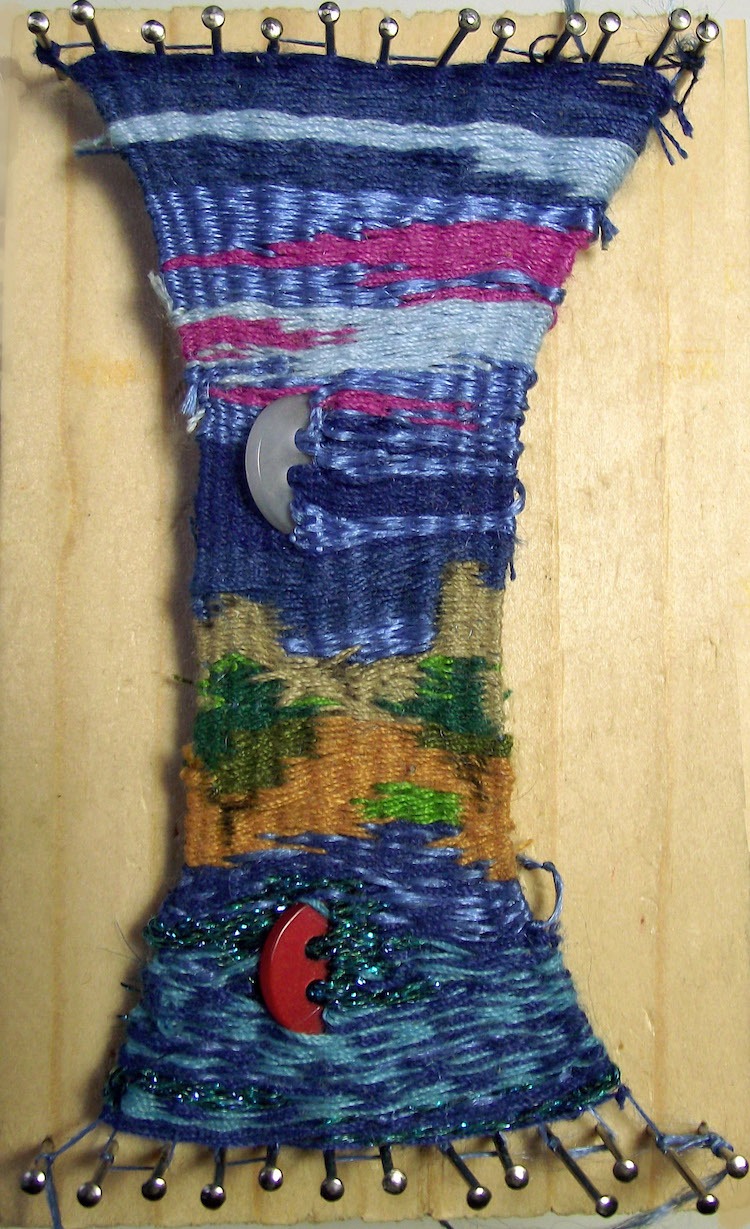
Pursuing new paths
What was your route to becoming an artist?
I am pleased to have gotten the chance to study arts in such two significantly different schools from each other, like the arts college in Madrid and the Städelschule in Frankfurt. I think they greatly complement each other and I got extra time than the usual only five years of college to try new things.
I used to paint abstract arts in the past. I still do occasionally, which helps me stop overthinking. I also produced all kind of engravings and printings during my college period but after that I wanted to pursue new paths as well.
Nevertheless, If had chosen to do what I love most in life, it would have been something related to music for sure. Or working on science by the side of free animals, or as environment activist…
It’s never too late for raising some bees and growing some flowers.
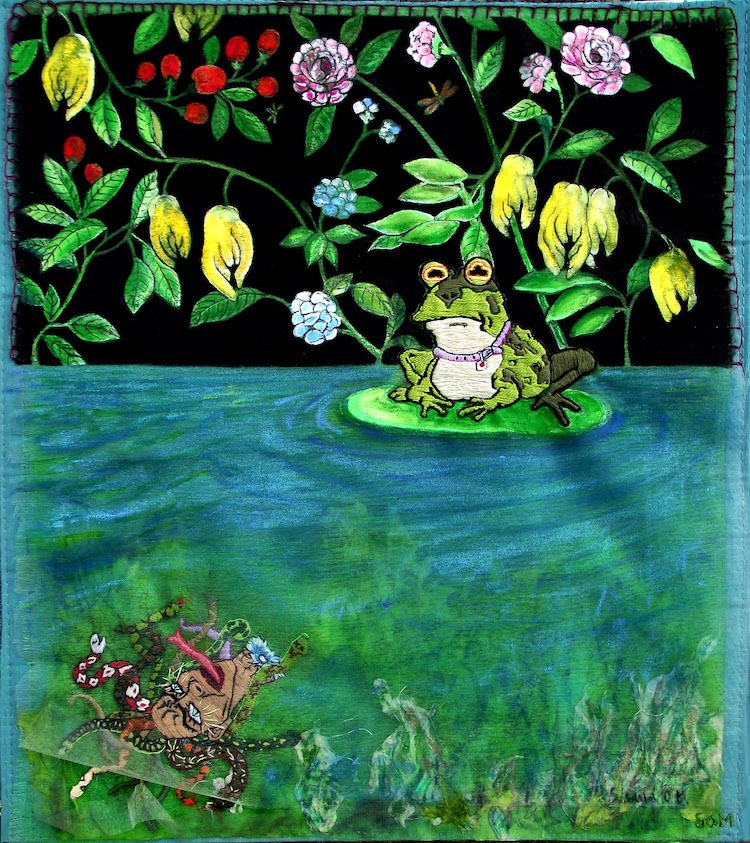
Tell us a bit about your chosen techniques.
In a world where technological machines and digital media take more and more room every minute and our lives are ruled by electrical devices every day, I proposed myself the idea to produce something technically impossible for a sewing machine to make.
Has the time of robots against humans already arrive? Very likely so.
This manner of working intends to show that the hand of a simple woman is still necessary to create certain objects.
I strive to use a variety of materials to arrive to new methods of embroidery in order to achieve new results. I am doing it on objects I find on my way and capture my attention. Here some examples:
thin wrapping paper, a tiny ribbon, a section of a folding chair…
I mixed extra delicate organza fabrics with very solid threads and tried the opposite: pushing hairy wool carefully through denim with a needle. I made it on corners of a canvas that are very hard to reach due to a crossbar. I managed it by giving it all the time it needed till it worked out. Obstinate game!
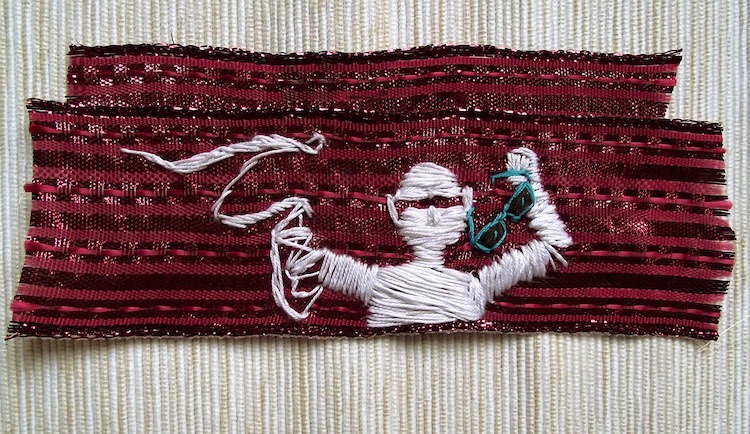
Trying to mark my work with a personal vision can situate it on any level that a machine or a robot can’t. This can happen through a touch of humor or a suggestion in search for an ethical sense.
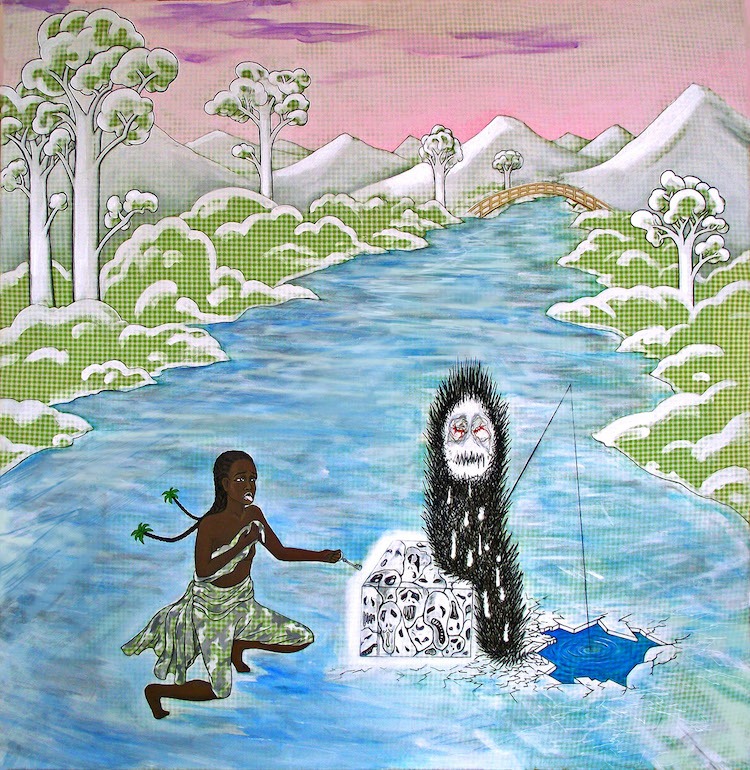
I often leave the lecture of a work open and free for interpretation to the observer through some symbolic codes.
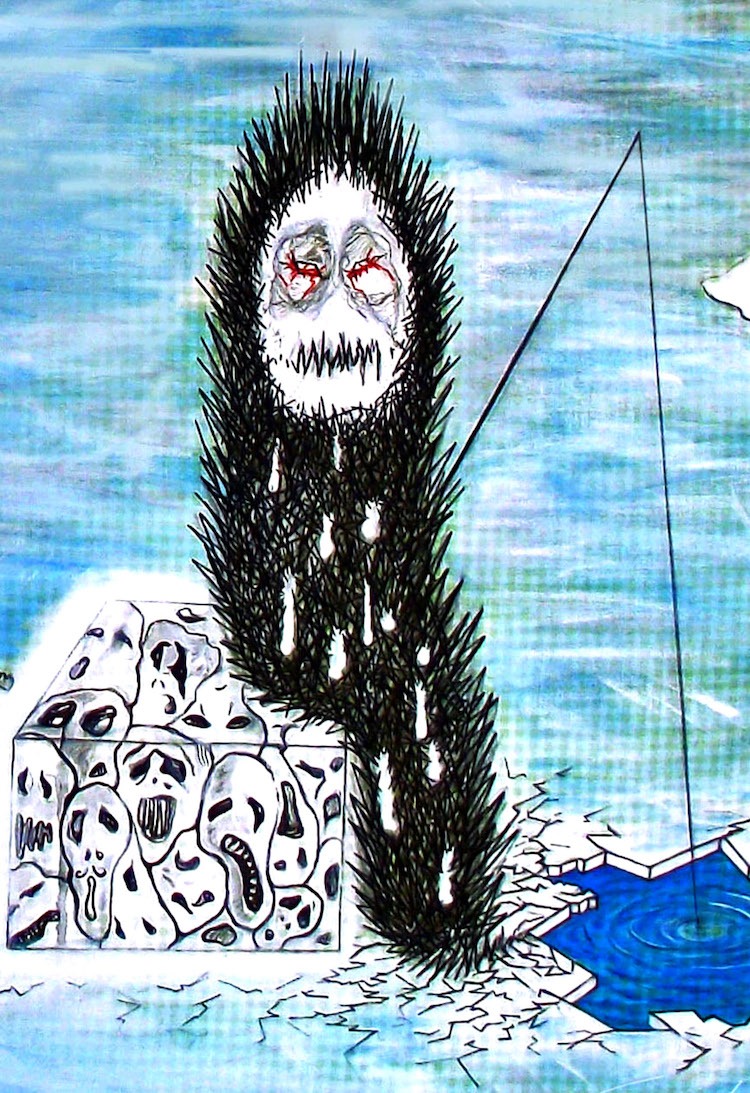
How do you use these techniques in conjunction with embroidery?
I am always looking forward to trying out different materials as support.
I freely mix up techniques on what makes fun and sense to me, watercolours, acrylics, pastels, makers, colour pencils, textiles, woods, paper, for example.
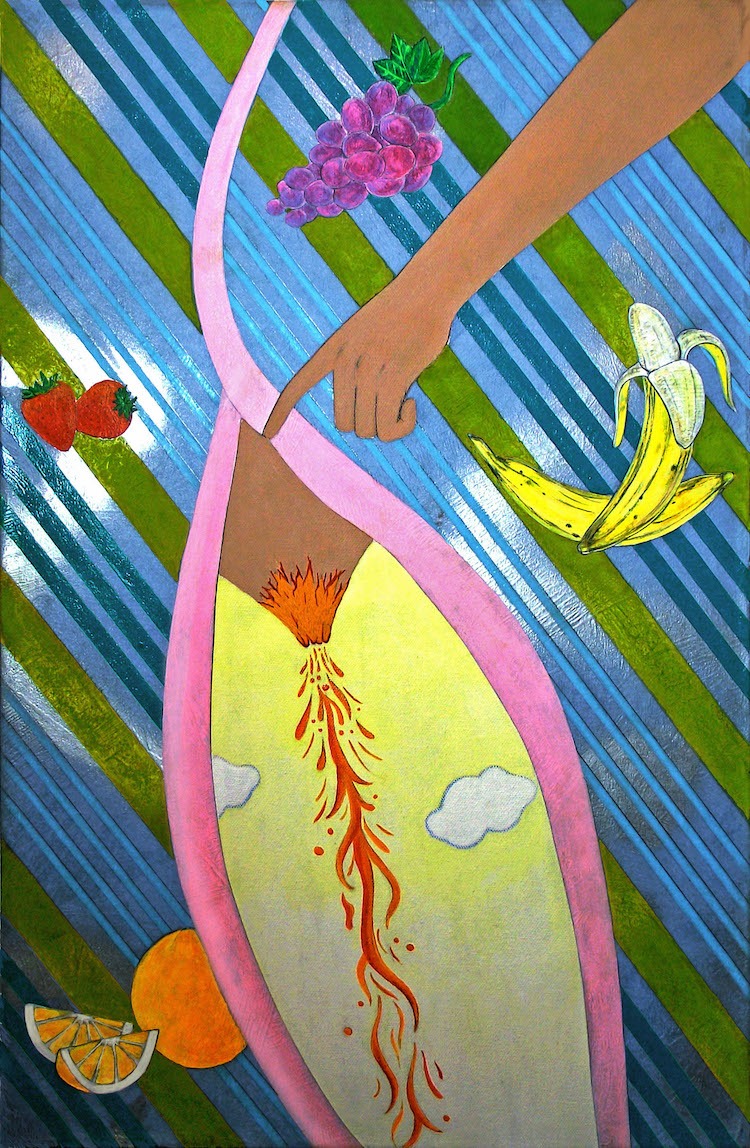
I just don’t usually use oil colours, as I don’t like using turpentine.
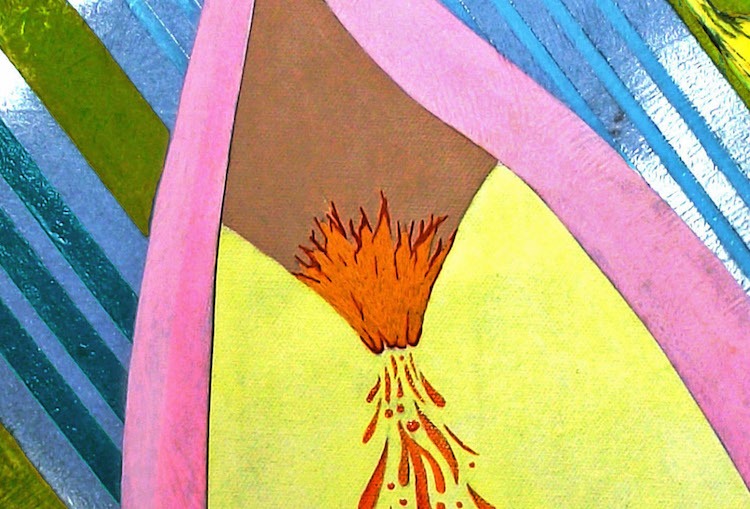
Low-brow art
How would you describe your work and where do you think it fits within the sphere of contemporary art?
In my opinion if a work is good, it doesn’t need to be described, because it can speak by itself.
I am not much a friend of putting tags on things or people. That might make a conceptual freedom smaller. I like the term ‘Low-brow art’ though. It sounds unpretentious to my ears, as a humble non-native English speaker.
I try not to fit anywhere and to stay free. Art does need to be suggestive and disturbing more than beautiful, because this time we are living in demands it.
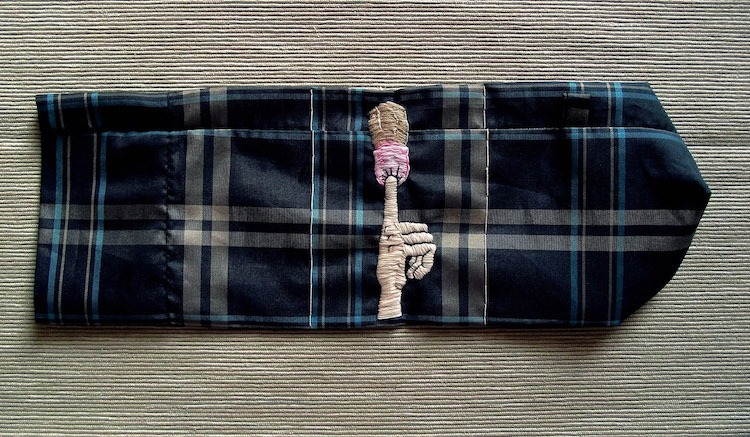
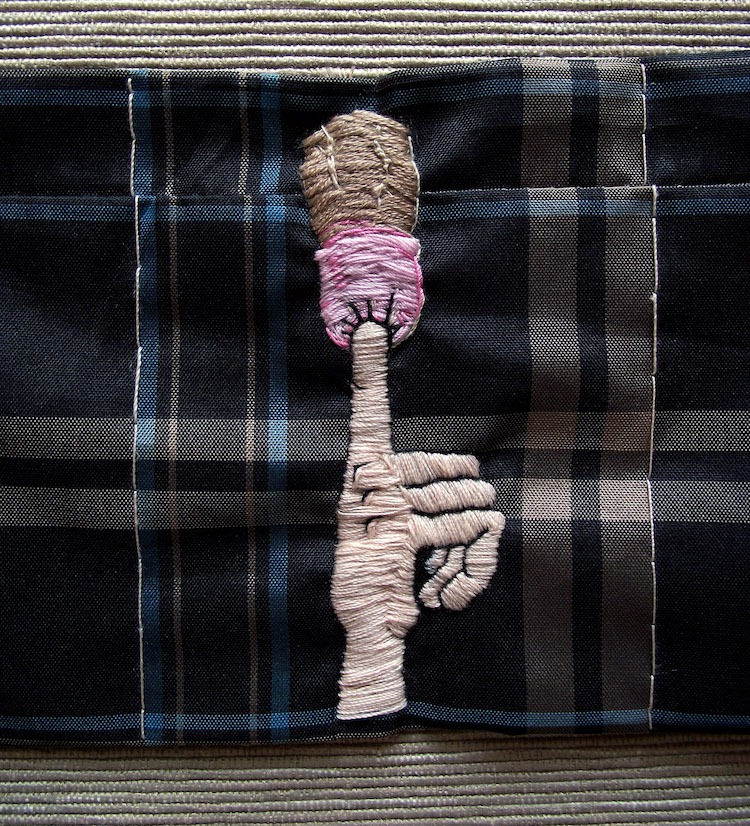
Do you use a sketchbook? If not, what preparatory work do you do?
I often go back to the sketchbooks to try to convert the bad sketches into better ones and I start picking up drawings I like the most.
Then I try to push it up forward to a stand I like better, if possible. Maybe completing it with new added parts. This means, I often shall repeat the same sketch a couple of times in different ways.
Once this is done, I go through my fabrics collection to match up the best one with the main visual subject.
Sometimes I start looking for images for a sentence or given expressions I specially Iike or dislike.
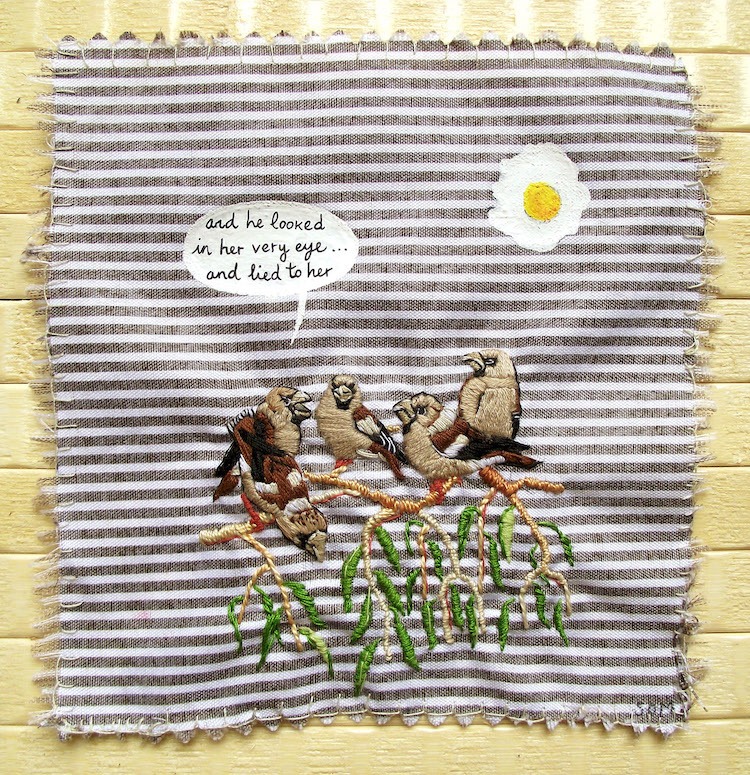
Who have been your major influences and why?
Influences mean inspiration to me. Inspiration can be all I love:
The unsung brave human heroes who struggle to make their surroundings better without expecting anything back regardless of awards, money and power.
Music, mythology, a fountain of inspiration in every culture, science fiction, fantasy, comics and cartoons, ‘Adventure time’ is my very favorite right now. Biology and nature at all its forms. Dreams, games… All these in a random priority order.
I find very inspiring the personal and particular story of each of us.
Mortal beings down to the essentials; the feelings and emotions that everyone goes through in life. Transcending time and circumstances, we are very similar and always ruled by pain, love, fears, joy, rage…
I don’t probably specialize in ‘happy’ feelings most of the times, for the ‘negative features’ are the ones that keep me worrying about more. These ones are urging to come out, yelling for something to be changed. At this point injustice is very inspiring in general. And focused on gender matters in particular.
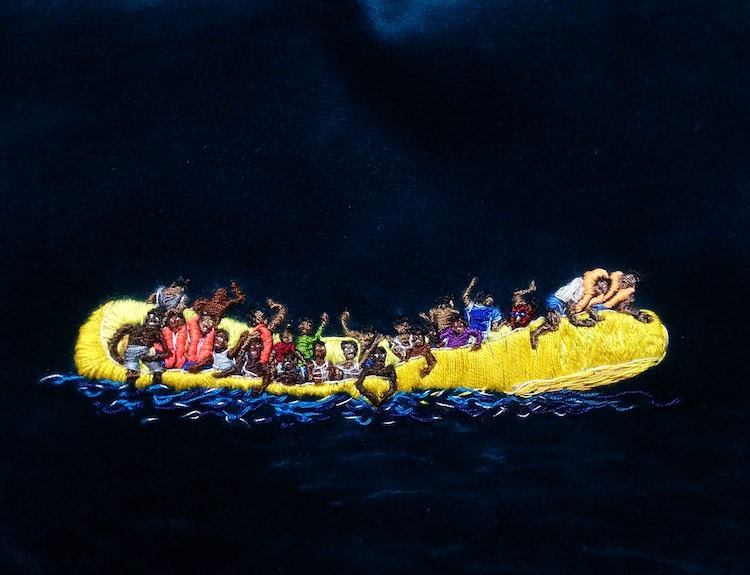
On the other hand, laughing is elementary as well, in order to take a breath and carry on.
I will attempt to name some non-living artists I appreciate, if you can excuse that I probably shall forget ten for each I mention:
Joan Mitchell, Frida Kahlo, Paul Klee, Antonio Saura, Maruja Mallo, Magritte, and the surrealists, Hannah Höch and the Dada movement, Eva Frankfurther, Otto Dix, George Grosz and the German post-expressionism. Further, Henri Rousseau, Max Klinger, Franz von Stuck, Arnold Böcklin, John Everett Millais, James Abbott Whistler, William Turner, James Ensor, and the romanticism and symbolism movements… Besides, William Blake, Goya and Victor Hugo.
I do love Japanese woodblock printing artists from 1700 till 1900. They are sophisticated to detail in the form abstraction and poetic, humorous and sharp on the idea. Harunobu, Hiroshige, Kunisada.
Last, I relish the femenist art movement and tribal primitive arts from all around the world.
Some artists have interested me in the past. Some of these I don’t like anymore, some others I still like although I don’t look at them often. Taste may fluctuate.
The further we travel back in time, the harder it gets to find any female artists names. It’s a shame, because I think that humanity has lost a basic part of its artistic representation so.
Art is family
Tell us about a piece of your work that holds particularly fond memories and why?
I would say specially the ones I have spent a long time working on before considering them done….and stitching takes time.
Some come easy but some others are like a long-distance race to me till I finally finish them. Important life events happen while being attached close to them for months. When I later look at them I might see a part of my past life passing by more than the product. That makes a very different view compared to when people look at them.
All those works know how I laugh, yell or something aches in my private life but they are born to get exposed in a public life and get lost out there.
So many pieces are a kind of relatives of mine…I made a portrait diptych of my two lovely dogs and it was the first time that I hand-stitched it with a text. It would be specially weird to sell that one to a stranger.
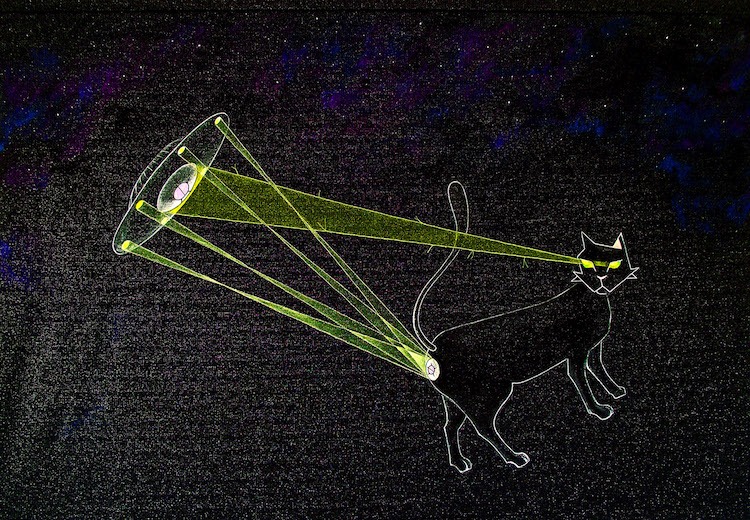
How has your work developed since you began and how do you see it evolving in the future?
Because of the painting’s backgrounds, I first started choosing textiles with colourful geometrical patterns as background. This made sense to me and would let the comprehension of the works more open, as the context becomes minimal and abstract while bringing a mood out of it.
From Mexico to Japan women have stitched clothes and pieces for centuries bringing forth a social and cultural quiet message expressed by the different colours, shapes and motives of the textile.
As I pondered on this hidden language of threads, I wanted to push up a little contradiction; putting the old beautiful ornaments of classical hand-embroidery away or in a second (painted) place, with a clear text first.
In this way single letters become the symbols to be embroidered as ‘ornaments’ at the same time that the message turns the ‘beautiful’ and ‘valued’ stitched part, getting aloud on the painting.
It’s time to freely exercise an old women’s artistic traditional medium to put another more intentional level on it. It may seem pretty harmless to sew this way, but it was impossible for women in the past to do this.
So in my first hand-stitched works the text used to be the only thing what was embroidered. This made metaphorical sense to me for a couple of works as a sort of symbolic act of awareness of taking the ‘control’.
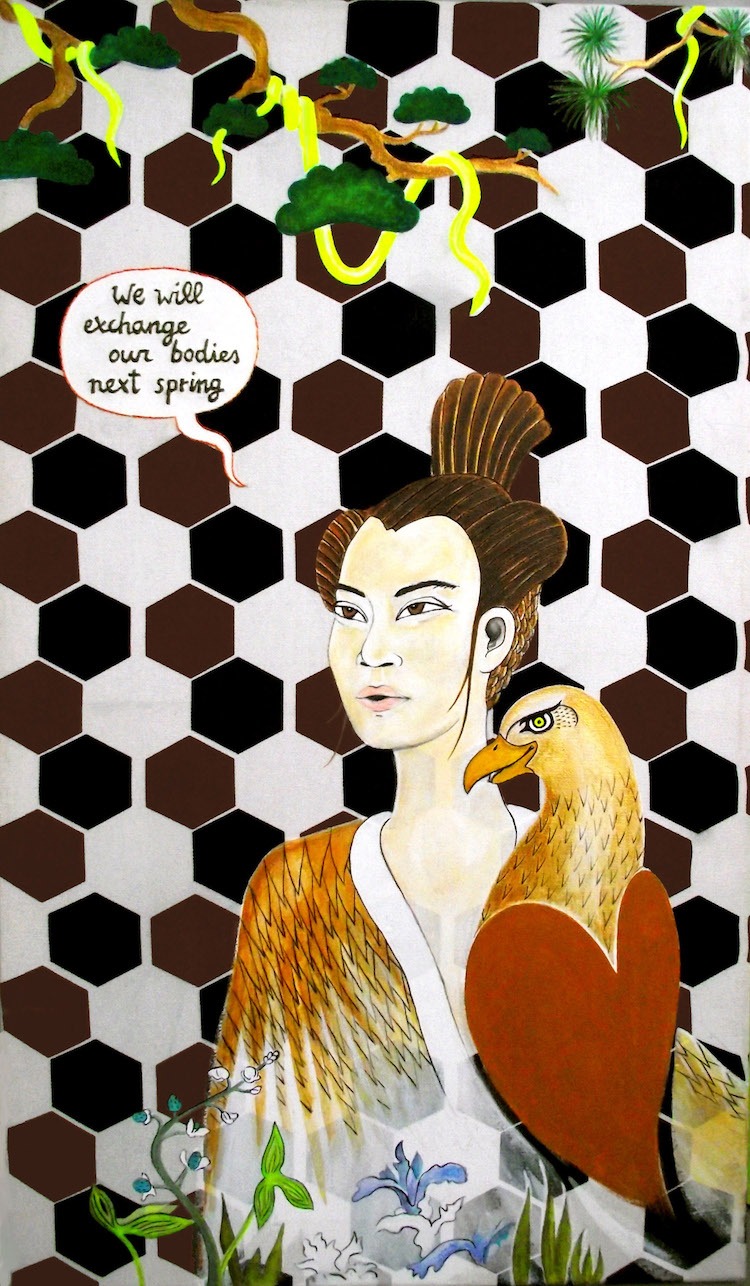
Embroidery has been taking more and more room and time on my mixed media works by now. Technically I work constantly to make it more sophisticated and improve my skills.
The way to work with textiles keeps slowly but definitely mutating on me.
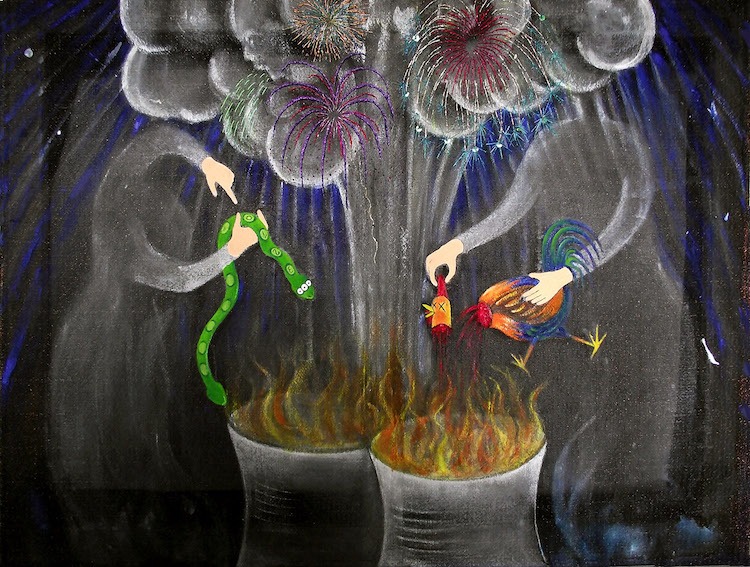
Making ends meet
What advice would you give to an aspiring textile artist?
Ha. Who knows if I need their advises on life more!
Well, these are some of the things I usually repeat to myself:
Feel free about people’s opinion in general.
Try to turn mistakes into happy accidents, as Bob Ross calls it.
Stay humble and grateful to mom first and then all the people who help and support me in this game.
Compromise yourself with things you think they are worthy. You may never know when something finally turns into something worthy at all and all of a sudden but use your impulses or intuition and try things out.
Can you recommend 3 or 4 books for textile artists?
I just got one:
Bordado Tradicional De La Sierra De Francia by Carmen Requejo Vicente.
I bought it directly from the artist’s hands in the ancient small place where my grandma comes from, close to Portugal. It contains regional patterns of that area, the ones I am most familiar with as I have been watching many women in my family stitching them. I guess, my mom and grandma have been my best book.
Bordado charro is how this style is called in Salamanca in Spain. I used one of this embroidery designs on a painting and slightly modified it to give it a sad tint.
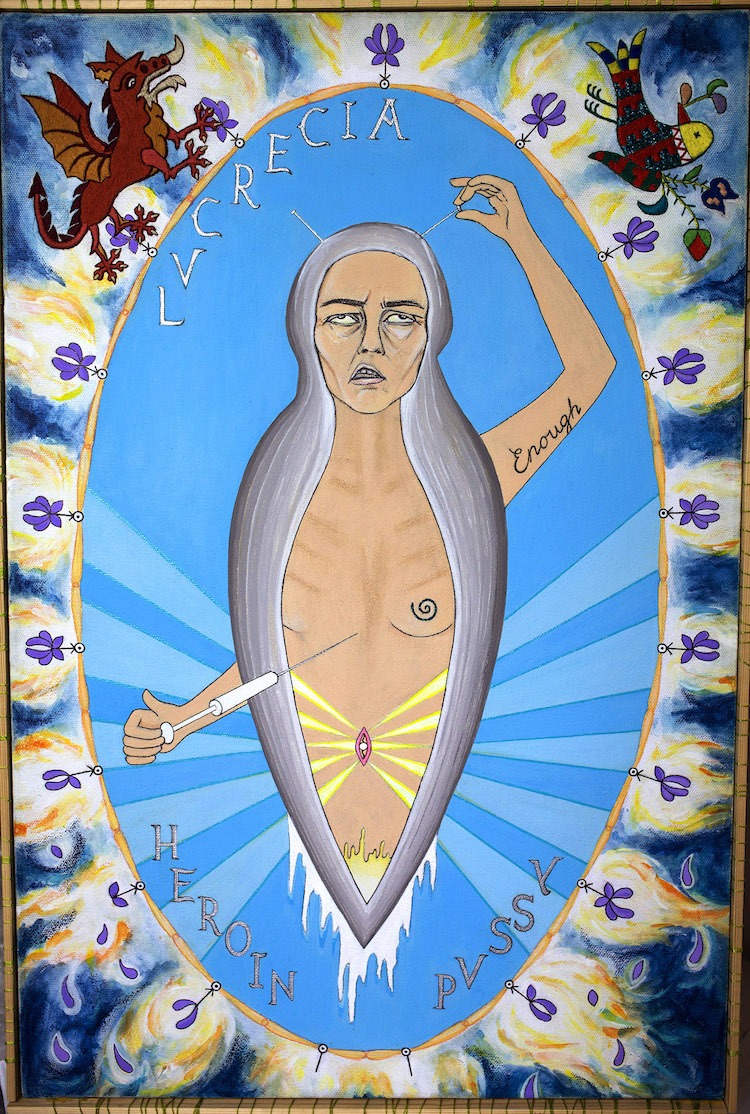
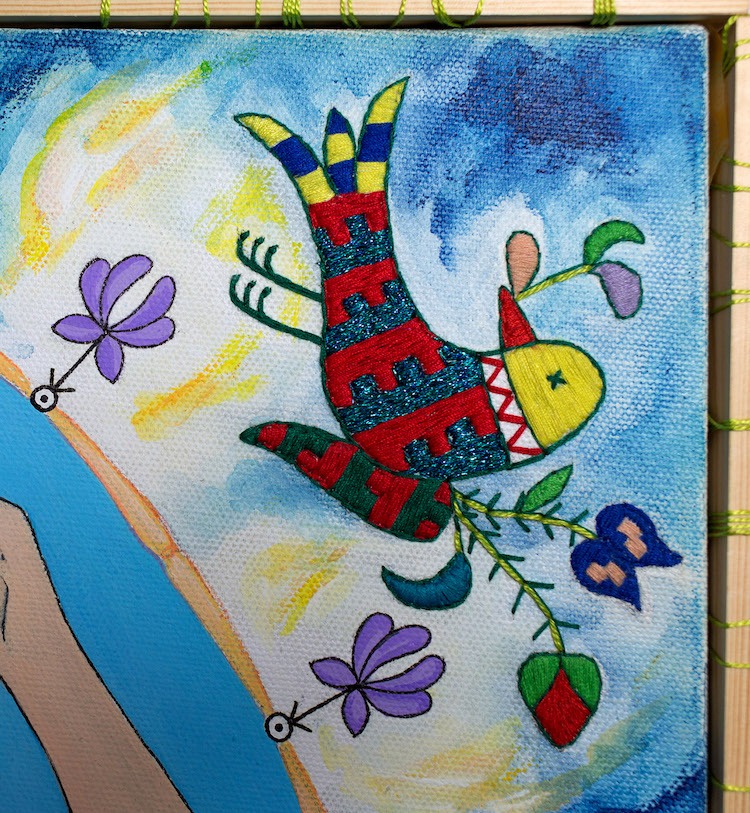
What other resources do you use? Blogs, websites, magazines etc.
I watch some video tutorials or textile examples on the techniques at pinterest.com from time to time due to the lack thereof nowadays. I often look for nature and distant landscapes pictures.
But it takes me the longest time to work on the concept and ideas more than what I need on the technique. Once I have a conceptual plan, I try to make the best of it through the technique. The idea might change a bit whilst making it real.
I patiently learn by doing rather than spending time reading about it, even if I’d like to.
Conceptually I love all kind of science fiction stories and fantasy tales. Specially some Japanese ones, with their ‘spectres and monsters’ bestiary.
Here is a funny website: www.pinktentacle.com
I am interested in www.thejealouscurator.com, blog.threadless.com and Juxtapoz.com.
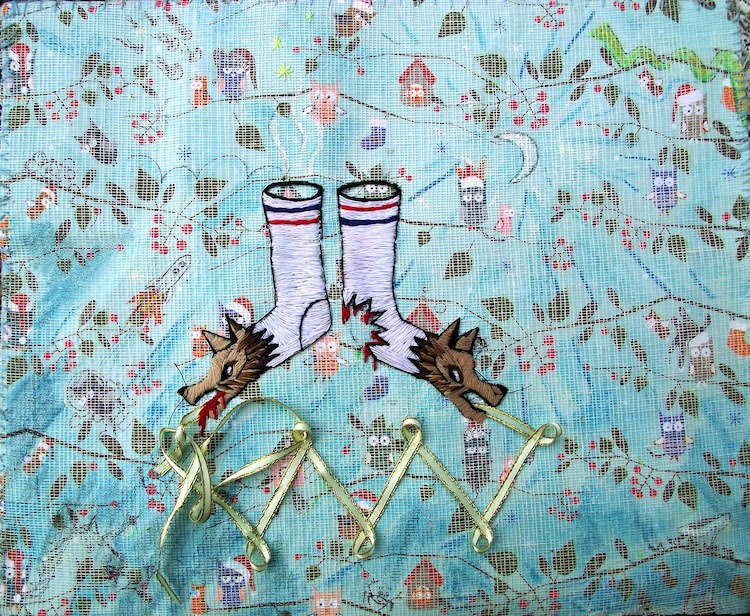
I enjoy following present artist such as Ruth Marten, Aleksandra Waliszewska, Alaina Varrone, Kara Walker, Marc Burckhardt, Herbert Brandl, Yuko Shimizu, Jamie Hewlett, Mike Mignola, Danielle de Picciotto, and Guerrilla Girls… to name just a few.
I don’t distinguish between artist showing their work at galleries and museums or printed in underground publications if the work is good!
I specially admire many mates of mine who have an amazing work behind, but whom nobody knows. What also happens in the music industry world, where most of great musicians have to take on other jobs to make ends meet.
How do you go about choosing where to show your work?
Well, reality itself turns this question around and one wonders how comes that galleries are the only ones able to choose the artists they want to. Never the artist the one who chooses, unless for a very small elite circle.
I am grateful for having made interesting shows in Germany with people who care about art over all.
In my opinion, the possibility to come to good shows it’s more about random luck, in case you don’t work hard on making connections rather than making art.
Unfortunately the choice of where to exhibit is giving to an artist very rarely.
Everyone has probably seen artists with lousy works getting big shows at well-known locations and great talented artists not having any. Nothing new in the human history, except that now women are slowly carving ourselves some art-room out there with blood, sweat and tears.
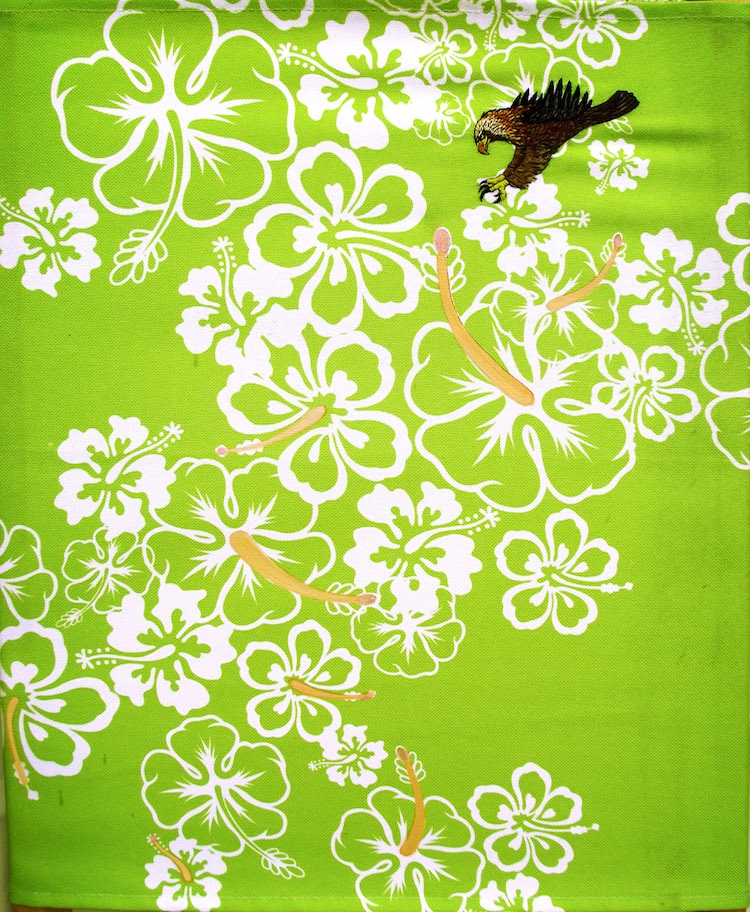
Where can readers see your work this year?
Nothing in sight at the moment, but I usually post the related infos on my Facebook site, for which you don’t need an account to access to.
I am always looking forward to working with neat people and interesting places to show. I have the dream with some friends and colleagues at my studio in Offenbach am Main to work together and open a location to show our artwork independently on an ongoing and self-organized basis.
If this never happens, maybe some other good things will do…
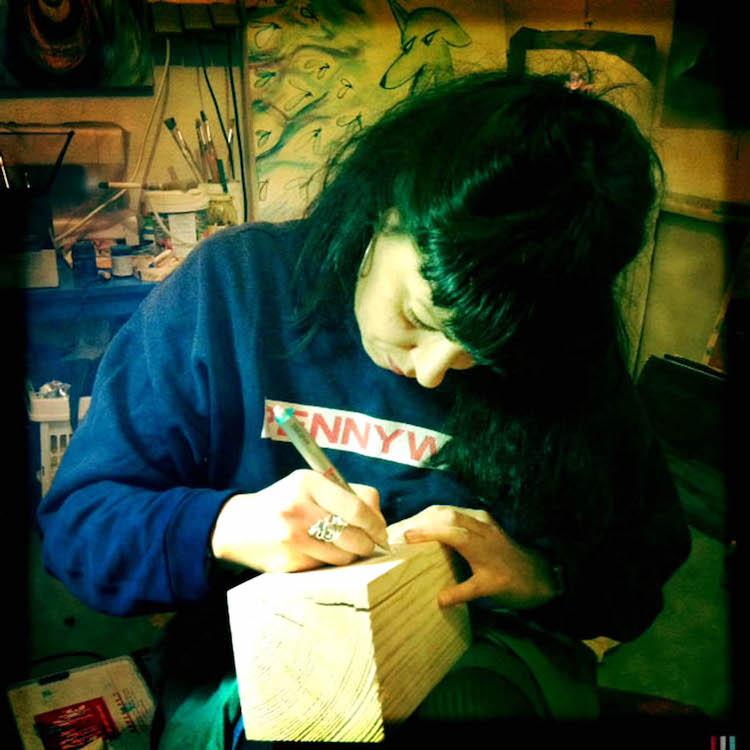
Find Susana on Facebook and Pinterest here: www.facebook.com or www.pinterest.com
If you’ve enjoyed this interview why not share it with your friends on Facebook using the button below?
www.fehe.org
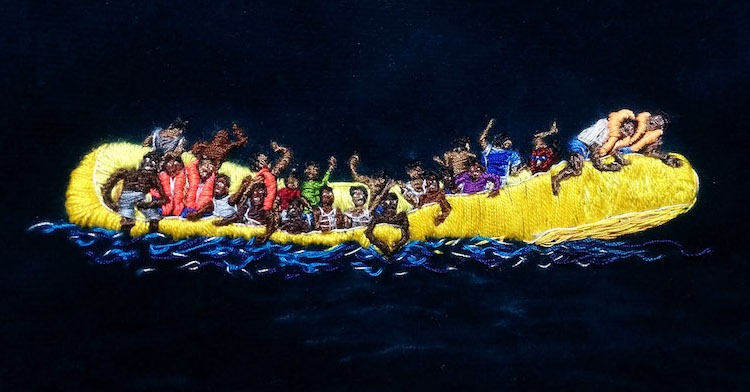

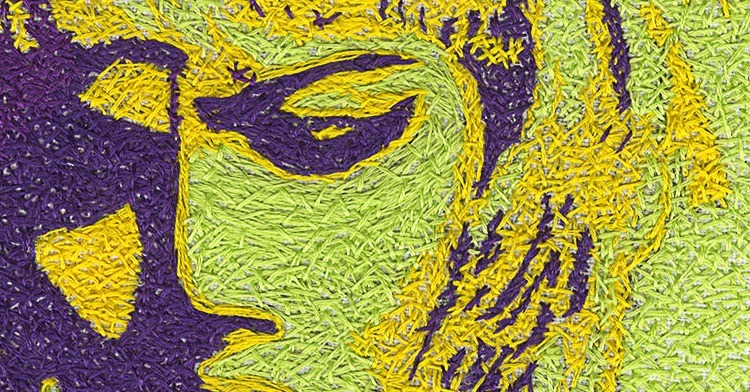
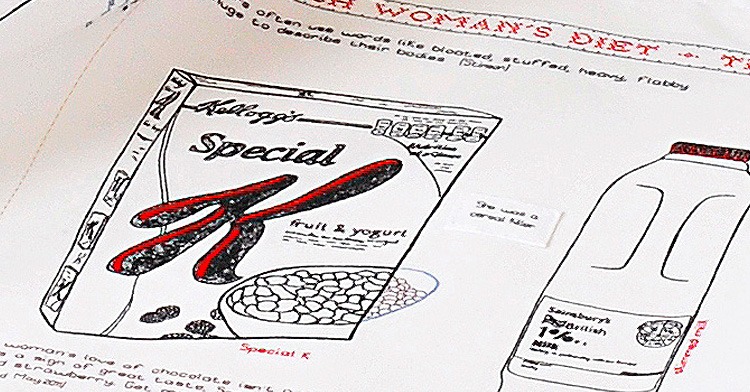
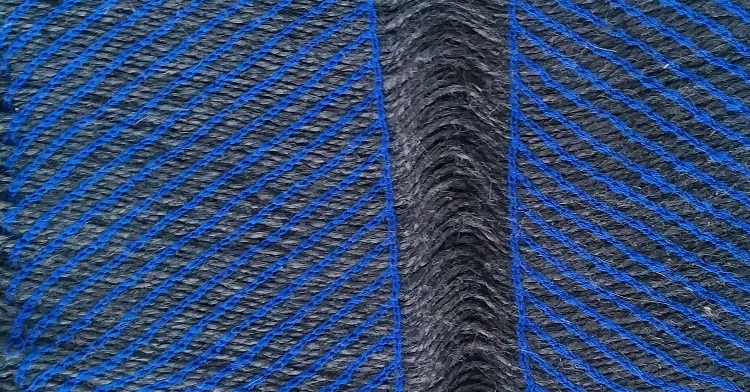
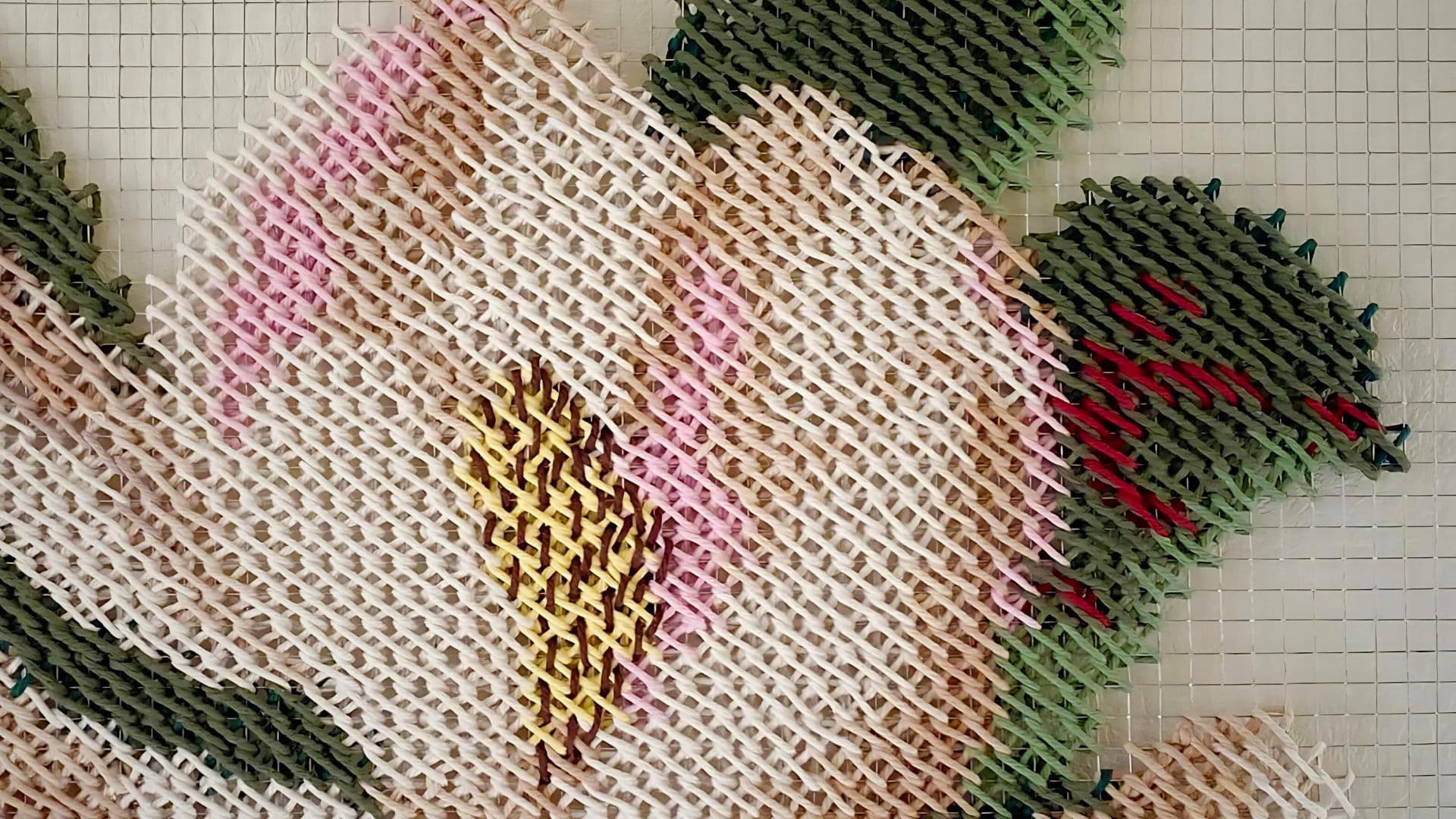
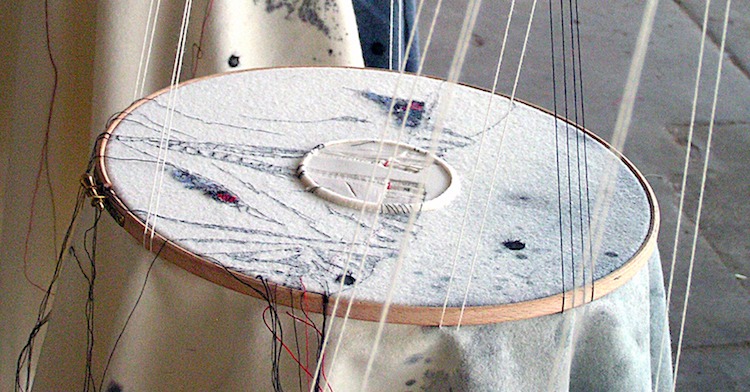

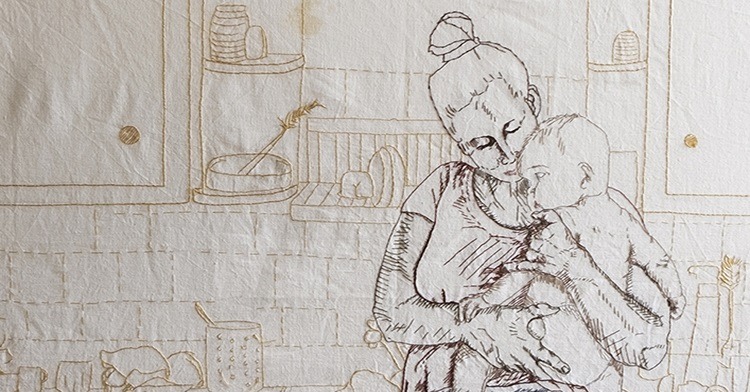
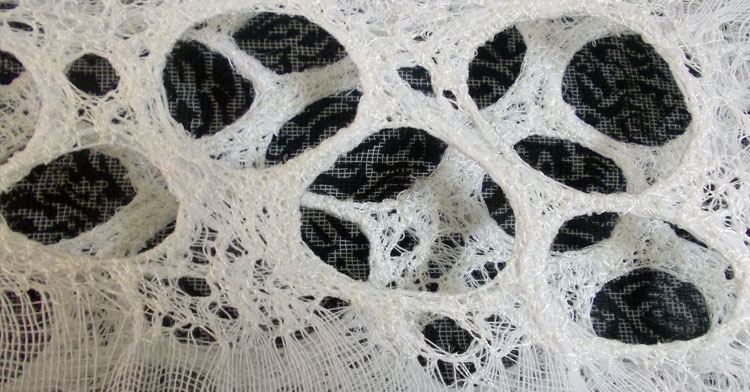
![Contemporary textile artist Lisa Solomon|Lisa Solomon - Sanjusangendo crowns [gold] - detail](https://www.textileartist.org/wp-content/uploads/Lisa1.jpg)
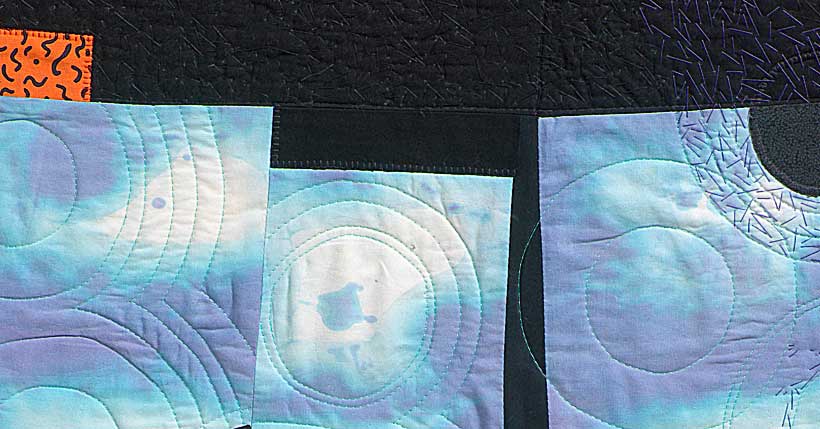
Comments